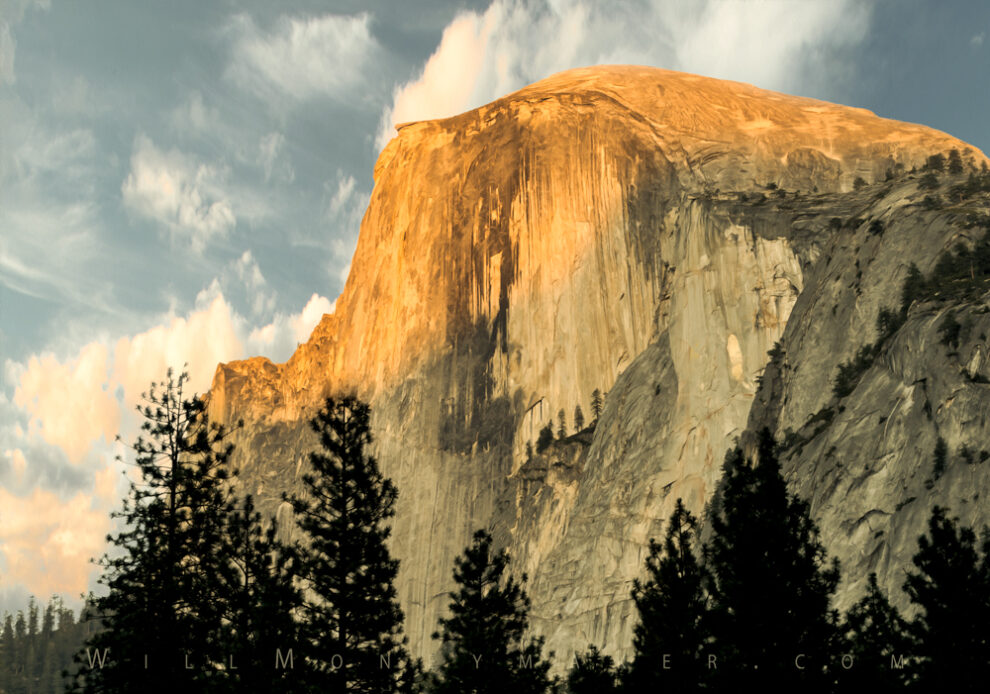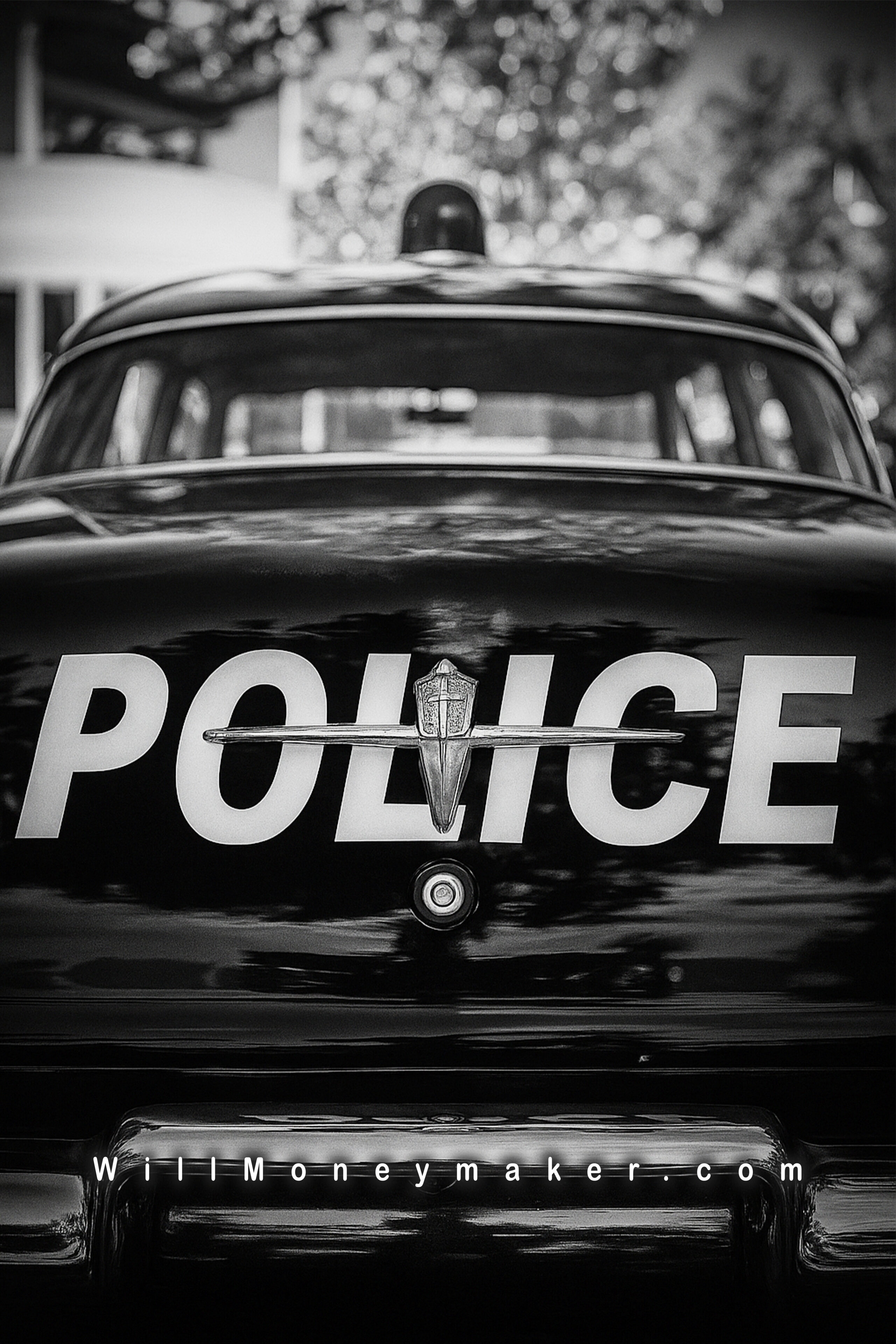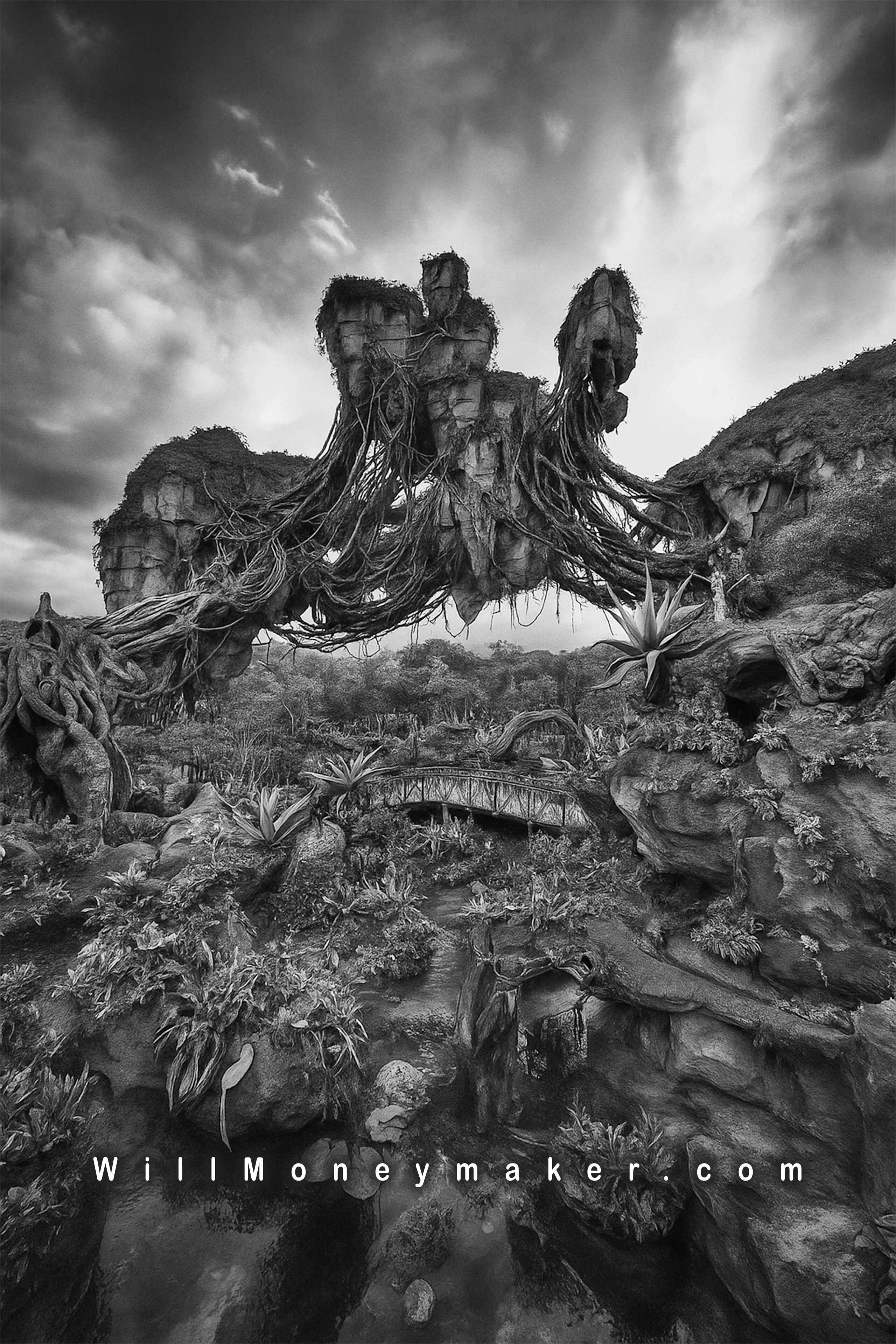As photographers, we’re always seeking inspiration and most of all, we’re always looking for new ideas that can help us to think a little bit differently about art — just different enough to come up with something new. Fortunately for us, the art world is massive, spanning hundreds of types of art forms, and in this well, we can find nearly endless insights. One of those insights that may prove helpful are the types of literary conflict.
There are many types of literary conflict but for our purposes, we will focus on the four main kinds of conflict that are most widely recognized. These are man against man, man against nature, man against self and man against society. The conflicts are typically the main theme of a story, be it a short story, a novel or a larger series. All across literature, you’ll find these themes. Any mystery novel, fantasy epic or science fiction literature in which the protagonist is pitted against a primary antagonist is an example of the man against man conflict.
Why is literary conflict important? These conflicts are what makes reading a story worthwhile. The four main types that I’ve cited are the most commonly recognized because these are the types of conflict that stand the test of time. They’re a sort of eternal theme that resonates through generations. These conflicts are what make the most famous works of literature classic. No matter what point in history a classic piece of literature written, if it features one of the four types of literary conflict, it will be a story that people can always relate to, no matter the times. The Wonderful Wizard of Oz, for instance, is a widely recognized classic that features the man against man conflict: Dorothy against the Wicked Witch of the West.
Now we come around to the next question: How is literary conflict relevant to photographers? For us, it’s another source of inspiration or perhaps a tool that we can use to enhance the storytelling within our images. We can think about these conflicts and find ways to recreate them within the photographic medium in order to add that classical interest that will keep viewers looking at the art we make for generations.
Man Against Nature
Any story that features man’s struggle against a natural element would fall under this particular category. Ernest Hemingway’s The Old Man and the Sea is one famous example in which the protagonist struggles to catch a large marlin. Moby-Dick by Herman Melville is another example: Captain Ahab’s quest for revenge against the great whale, Moby Dick. Stories featuring natural disasters — earthquakes, tornados, hurricanes and so on — could also be considered examples of this type of conflict.
How can this type of conflict be portrayed in photography? The immediately obvious examples include things like storm damage, floods or the aftermath of some other devastating natural event. These are challenges that people have to overcome, not only surviving the event but cleaning up and rebuilding afterward.
But photographing storm damage isn’t the only way to insert this type of conflict in your images. You could also look around at the natural world in search of other types of challenges to overcome. A photograph of a mountain, for instance, the image designed in such a way that the viewer is tempted to ponder what it might be like to climb that mountain, and what challenges he or she might run into during the ascent. The man versus nature theme doesn’t necessarily need to include people within the image — only something suggestive of a natural challenge to be overcome, be it something like nature’s wrath or an enticing challenge, like summiting a mountain.
Man Against Man
When you think of the man versus man conflict, things like The Wonderful Wizard of Oz come to mind — the protagonist against the antagonist. In photography, common examples might be images of war, men fighting men, or even things like sports, players seeking to win against the opposing team. But these two things only scratch the surface of what the man against man conflict can mean for photographers.
This type of conflict can also mean things like differing lifestyles. An image of an old Victorian home in the midst of a modern neighborhood, for instance. In this image, the owner of that home is fighting the changing times, quietly resisting all of those who are building modern edifices all around him. Man versus man can also be simplistic: an image of a group of friends, enjoying each others’ company over a hand of cards. In essence, this theme is one of people attempting to overcome or persevere against other people, not necessarily a theme of war or bitter struggle against each other.
Man Against Self
The man versus self-conflict is perhaps the most difficult to encompass in photographs but it can also be one of the most meaningful. In literature, man against self is often portrayed as mental illness or some great lesson that the protagonist must learn in order to conclude the story.
In photography, man against self can mean many things. Candid imagery, particularly images featuring contemplative or unhappy expressions, tend to tell a story of a person who is attempting to overcome an internal struggle of some kind. And if you think about it in the abstract, you can find ways to depict the man against self-theme without actually photographing people. Perhaps you can create a photograph of exercise equipment, the image designed in such a way that the viewer is led to think about the willpower and inner strength that is needed for a person to keep coming back for more exercise, day after day. In other words, the personal challenges that this person, who is not featured in the image, had to overcome in order to devote himself or herself to an exercise routine.
Man Against Society
Man versus society comes up in books like Ray Bradbury’s Fahrenheit 451, in which society itself has decided that books should be burned and the protagonist fights this concept. This conflict is about fighting trends or going a different way than everyone else is going.
How can you illustrate this in images? Think about common societal beliefs. You’re a good person if you get good grades. Perhaps there is a story to be told in this, of a student who got bad grades even though that student is inherently a good, hardworking person. People with lots of money are successful — or are they? Do they have personal happiness, despite the wealth? Is it possible, to depict, in images, a person who doesn’t have a lot of money but still leads a happy, successful life? As with the other types of conflict, this may require abstract thinking in order to produce something interesting. Maybe the conflict between an old, worn and dirty pair of work boots compared to the shine and sparkle of a pair of $500 high heels.
As you can see, literary conflict doesn’t necessarily apply only to literature. With some creative thought, there are endless ways to apply these themes to photographs, too. The key is to create an image, using compositional techniques and other tools, that makes people ponder these themes.





